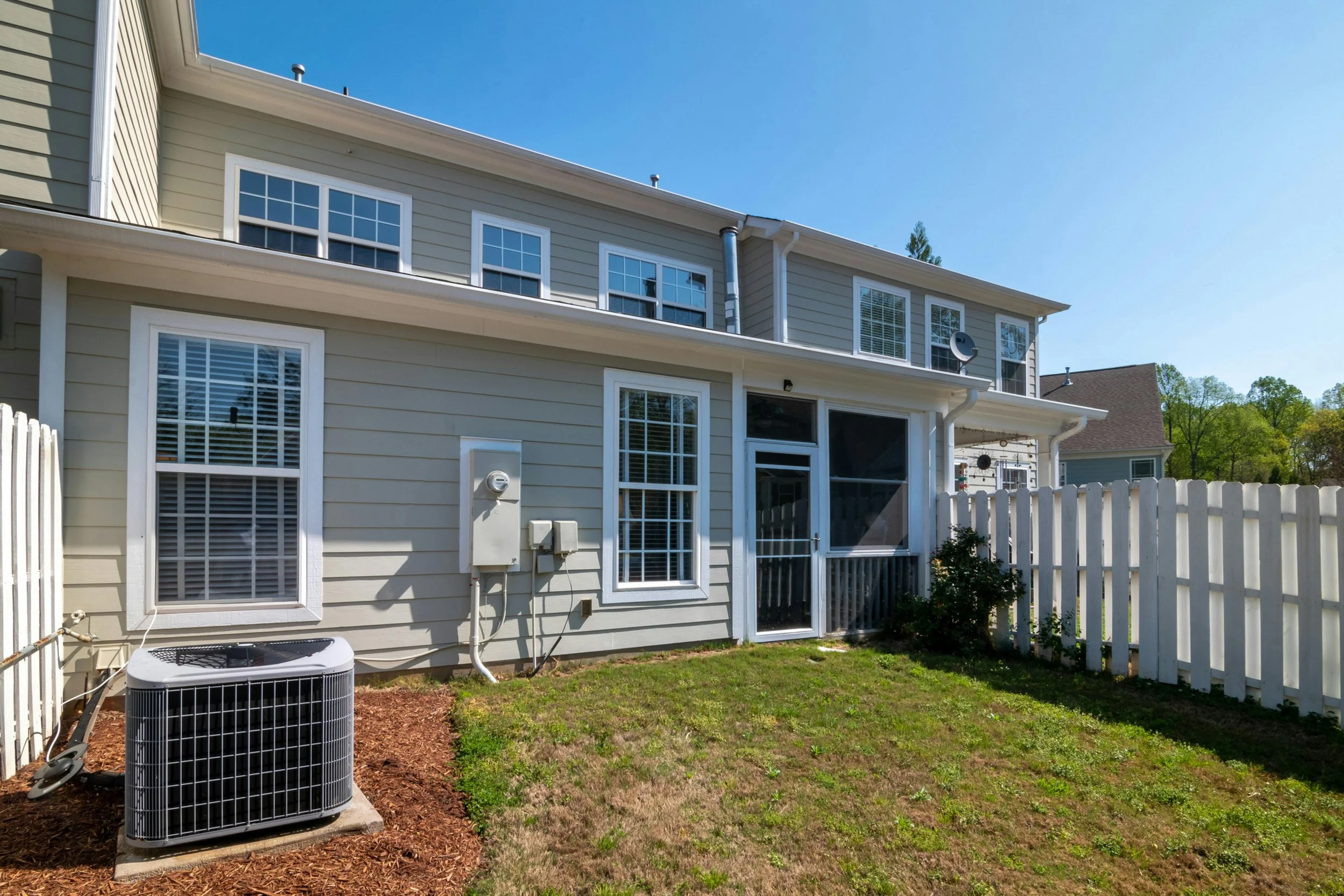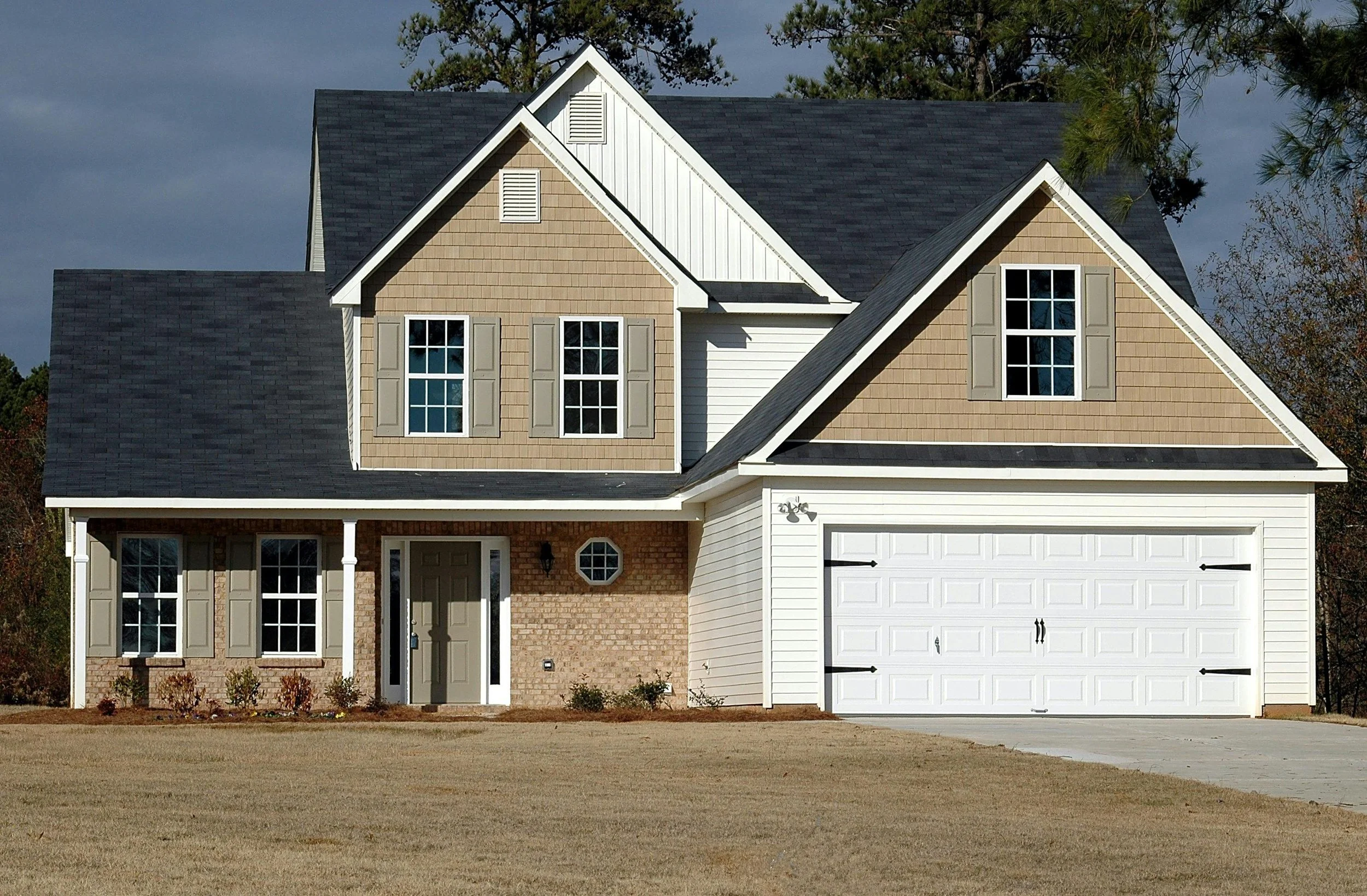Summer is the ideal time to tackle essential maintenance around your Minnesota home. The warm weather and extended daylight create perfect conditions for inspecting, cleaning, and repairing areas that are harder to address once colder months arrive. A summer home maintenance checklist ensures your property stays protected, efficient, and looking its best during the busiest season of the year.
Beyond appearances, this type of seasonal upkeep helps you catch minor issues before they grow into costly repairs. Whether it's clearing gutters, sealing a deck, or fine-tuning your HVAC system, each task plays a role in supporting a smooth, stress-free summer. This guide walks you through everything you need to cover to keep your home in top shape.
Jump-Start Your Summer Maintenance
Structural Systems: Foundation, Roof & Gutters
Exterior Living & Surfaces
Indoor Comfort & Irrigation Systems
Outdoor Upkeep & Storage
Seasonal Wrap-Up & Preparation
1. Structural Systems: Foundation, Roof & Gutters
Start your checklist with a foundation inspection. Look for cracks in concrete or mortar and use a hose to ensure water drains away from your home rather than pooling near the base. Seal minor issues promptly, and consult a professional for anything more extensive. Next, head up to your attic and roof to check for signs of leaks, missing shingles, or poor ventilation. Clear attic vents to help reduce heat buildup during peak summer months.
Don’t overlook your gutters, especially after heavy spring rains. Debris, sagging sections, or subtle leaks can lead to water stains and foundation problems if left unchecked. Scheduling professional gutter cleaning in Minneapolis ensures your system is free-flowing and ready to handle summer storms. Experts can spot early signs of wear and confirm that down spouts are directing water well away from your foundation, protecting both your landscaping and your home’s structure.
2. Exterior Living & Surfaces
Walk through your decks, patios, and driveways to check for signs of wear. Repair any loose boards, then sand and reseal wood surfaces to protect them from UV exposure and summer humidity. Concrete or asphalt driveways should be inspected for cracks or weeds, and resealed if necessary to extend their lifespan. Keeping these outdoor areas clean and maintained not only boosts safety but also enhances curb appeal.
Your home’s siding and trim also deserve seasonal attention. Dirt, grime, and algae can build up over time, dulling the appearance and accelerating wear. Hiring professionals for power washing in Minneapolis is a smart way to refresh exterior surfaces and prepare them for any painting or sealing projects. While you're at it, give your walkways a thorough cleaning to reduce slip hazards, and inspect windows and doors for proper sealing to maintain energy efficiency indoors.
3. Indoor Comfort & Irrigation Systems
With HVAC systems working harder in summer, it’s essential to schedule a professional tune-up as part of your broader summer home maintenance checklist. Start by having a technician clean the condenser coils, check refrigerant levels, and test the system’s performance to ensure efficient cooling. Replacing old or clogged air filters improves airflow, reduces strain on the system, and promotes healthier indoor air.
It’s also important to clear condensation lines regularly. When these lines are blocked, they can back up and cause water damage around your HVAC unit, especially in attics or basements. Consider upgrading to high-efficiency MERV-rated filters or using a whole-house dehumidifier if your home tends to trap humidity. These improvements make a noticeable difference in comfort and help control energy costs throughout the summer.
Your plumbing and irrigation systems also deserve attention during the hotter months. Inspect all outdoor spigots, hoses, and connections for signs of wear, corrosion, or leaks. Cracks in sprinkler lines or broken heads can result in uneven watering and wasted resources. Walk through each irrigation zone to confirm everything is functioning as intended.
Morning watering is the most effective time, helping plants absorb moisture before the heat of the day causes rapid evaporation. If you notice pooling water or brown patches on your lawn, it may signal underlying problems like pressure imbalances or clogged emitters. Fixing these issues early helps you maintain a healthy landscape and keeps your water bill in check.
4. Outdoor Upkeep & Storage
Maintaining the areas around your home is just as important as caring for the structure itself. Summer is the perfect time to tend to landscaping, lighting, and storage spaces that are often overlooked during colder months.
Start by inspecting your yard. Trim tree limbs that hang over the roof or walkways—they pose a risk during summer storms. Refresh mulch around flower beds and tree bases to retain moisture and reduce weed growth. Aerate any compacted lawn areas to encourage healthy root systems and better drainage.
While you’re outside, address outdoor lighting and electrical safety:
Replace burnt-out bulbs and clean fixture lenses to ensure pathways and entry points are well-lit.
Test GFI outlets and motion sensors to make sure they’re functioning correctly and safely.
Garages and sheds also deserve attention. Clean out clutter, remove debris, and inspect for any signs of pests. Keep tools in good working order by sharpening blades and lubricating garage door tracks. Store fertilizers, gas, and other chemicals in a cool, dry space away from heat and direct sun.
These small steps help protect your home from hazards, improve day-to-day function, and keep everything organized for the rest of the season.
5. Seasonal Wrap-Up & Preparation
As August rolls in, review your checklist. Secure storm windows and doors. Re-tighten hardware on decks or railings. Test backup systems like sump pumps or generators. Revisit any small items skipped earlier in the season.
Use this mid-year moment to reflect: has your roof held up? Did power washing improve siding? Are gutters flowing freely? Recheck HVAC efficiency and inspect outdoor areas for new wear. Addressing these questions now leads to smoother fall preparation.
Why Summer Is The Perfect Time
Summer in Minnesota offers a limited but valuable window for tackling home maintenance tasks that are difficult or unsafe during colder months. With extended daylight, dry conditions, and stable temperatures, it's the ideal time for inspections, repairs, and outdoor cleaning. Homeowners can assess roofs, foundations, and gutters without snow, ice, or wet foliage getting in the way.
Warm weather is especially important for tasks involving materials like paint, sealants, or roofing shingles, which require proper drying conditions. It’s also a great time to spot inefficiencies in attic ventilation or cooling systems. Addressing minor issues now like clogged gutters or cracked concrete prevents them from escalating into expensive problems later. A reliable summer home maintenance checklist helps ensure you're prepared before fall and winter roll in.
How to Budget Your Seasonal Maintenance
Costs for summer home maintenance can vary depending on several key factors. The size and layout of your home affect the amount of labor and materials required larger homes or those with steep roofs and complex features often need more time and specialized equipment. Properties with extensive decking, long driveways, or older components typically demand more detailed attention.
The condition of your home is another major factor. Systems that haven’t been maintained may need deeper cleaning or repair. For instance, gutters left unattended for a few seasons may have blockages or early signs of wear. The same goes for siding exposed to harsh weather without routine washing.
Because of these variables, requesting a custom quote is the best way to get an accurate price. Reputable companies with 10 or more years of experience and skilled staff can assess your home thoroughly and identify potential problems early. Look for teams who value clear communication, dependable timelines, and consistent, high-quality service those qualities are often what separate a good experience from a frustrating one.
A Note on Professional Services
Some home maintenance tasks are best left to experienced professionals, especially when safety and precision matter. Jobs that involve climbing ladders, using power tools, or working near electrical components carry risks that trained crews are equipped to handle. Professionals complete the work thoroughly, efficiently, and with the right equipment, helping to avoid mistakes that can lead to damage or costly repairs.
Services like pressure washing and gutter cleaning may seem simple but require specific techniques and tools. The wrong pressure setting can harm siding or windows, and untrained eyes might miss early gutter issues that lead to bigger problems. By hiring a seasoned team, you're not just paying for labor, you're investing in their skill, attention to detail, and ability to spot problems before they grow.
Smart Habits to Carry Forward
Plan your home care around four principles: Care, prioritize high-impact repairs. Budget, factor in property size and condition. Documentation, save photos, receipts, and evaluations. Continuity, work with consistent crews who know your home. Following this ensures reliable results year after year.
Every home is unique. Add chimney inspections or window re-caulking for older properties. Vinyl siding may require more frequent checks. Large trees need roof monitoring and debris cleanup. Your checklist should adapt to reflect your home’s structure, age, and environment. Listen for signs like rising bills or indoor discomfort.
Wrapping Up Your Summer Home Strategy
By focusing on these tasks, your Minnesota home will stay in top condition through the season. Regular checks and repairs protect your investment. Whether you're cleaning gutters, sealing decks, or inspecting HVAC systems, attention to detail matters. A reliable team using commercial-grade tools ensures everything gets done right.
This summer home maintenance checklist provides a structured path to a safer, smoother season. Enjoy the comfort that comes with knowing your home is prepared for whatever lies ahead.






